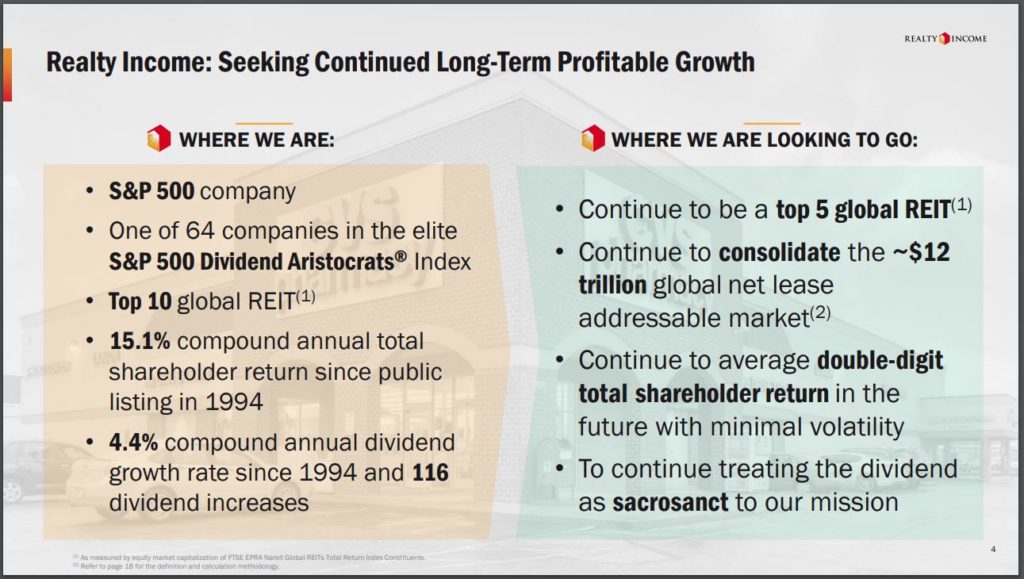Exploring the realm of home automation without draining your wallet, this guide offers practical insights and tips on making your home smarter without overspending.
From affordable smart devices to DIY projects, discover how to upgrade your home intelligently and economically.
Introduction to Home Automation
Home automation refers to the use of smart devices and technology to control and automate various aspects of a home, such as lighting, heating, security, and entertainment systems. These devices can be operated remotely through a smartphone or voice commands, making daily tasks more convenient and efficient.
Automating your home can offer several benefits, including increased energy efficiency, enhanced security, improved convenience, and a more comfortable living environment. By integrating smart devices into your home, you can save time, money, and energy while also adding a touch of modernity to your living space.
Examples of Common Smart Devices Used in Home Automation
- Smart Thermostats: These devices can regulate the temperature in your home based on your preferences and schedule, helping you save on energy costs.
- Smart Lighting: With smart bulbs and switches, you can control the lighting in your home remotely or set up automated schedules for different rooms.
- Smart Security Cameras: These cameras allow you to monitor your home from anywhere, receive alerts for suspicious activity, and even communicate with visitors through two-way audio.
- Voice Assistants: Devices like Amazon Alexa or Google Assistant can be used to control various smart devices with voice commands, making it easier to manage your home automation system.
Budget-Friendly Smart Home Devices
When it comes to automating your home without breaking the bank, there are plenty of affordable smart devices that are perfect for beginners. These cost-effective options allow you to enjoy the convenience of a smart home without spending a fortune.
Let's explore some of the best budget-friendly smart home devices available in the market.
Smart Lighting Solutions
One of the easiest and most cost-effective ways to start automating your home is by investing in smart lighting solutions. Smart light bulbs, such as those from brands like Philips Hue or Wyze, can be controlled remotely via your smartphone or voice assistant.
These bulbs are energy-efficient and can be easily integrated into your existing fixtures.
- Philips Hue White LED Smart Bulb - Starter Kit
- Wyze Bulb
- Sengled Element Classic Smart LED Bulb
Smart Plugs and Outlets
Smart plugs and outlets are another affordable option to add automation to your home. These devices allow you to control your appliances remotely and even set schedules for turning them on and off. Brands like TP-Link and Amazon Basics offer reliable and budget-friendly smart plugs that can make your home smarter.
- TP-Link Kasa Smart Plug
- Amazon Basics Smart Plug
- Gosund Smart WiFi Outlet
Smart Thermostats
Investing in a smart thermostat can help you save on energy costs while keeping your home comfortable. Brands like Ecobee and Google Nest offer affordable smart thermostats that can be controlled remotely and even learn your temperature preferences over time.
- Ecobee3 Lite Smart Thermostat
- Google Nest Thermostat E
- Honeywell Home T5+ Smart Thermostat
DIY Home Automation Projects

In this section, we will explore some practical and budget-friendly DIY home automation projects that you can easily implement in your home.
Setting up a Smart Lighting System
Creating a smart lighting system can enhance the ambiance of your home and improve energy efficiency. Follow these steps to set up a smart lighting system:
- Choose smart light bulbs or smart switches compatible with your home.
- Install the smart bulbs or switches in the desired locations.
- Connect the smart lighting devices to a central hub or smart home assistant.
- Download the corresponding app and follow the instructions to set up schedules, scenes, and automation routines.
- Enjoy the convenience of controlling your lights remotely or using voice commands.
Creating a Smart Thermostat
Building a smart thermostat can help you regulate your home's temperature efficiently. Here's how you can create a smart thermostat using inexpensive components:
- Obtain a programmable thermostat and compatible temperature sensors.
- Install the thermostat according to the manufacturer's instructions.
- Connect the temperature sensors to the thermostat for accurate readings.
- Configure the thermostat settings to establish heating and cooling schedules.
- Integrate the smart thermostat with your smart home ecosystem for seamless automation.
Voice-Controlled Home Automation System
Building a voice-controlled home automation system can add a touch of futuristic technology to your household. Here are some tips for creating a voice-controlled system with low-cost tools:
- Choose a voice assistant device like Amazon Alexa or Google Assistant.
- Connect compatible smart devices such as lights, thermostats, and smart plugs to the voice assistant.
- Set up voice commands and routines for controlling various aspects of your home.
- Test the voice commands to ensure smooth operation and make adjustments as needed.
- Enjoy the convenience of controlling your home with simple voice instructions.
Smart Home Hubs and Ecosystems
Smart home hubs play a crucial role in integrating various smart devices within a home automation system. They act as a centralized control point that allows different devices to communicate with each other and be managed through a single interface.
Popular Smart Home Ecosystems
- Amazon Alexa: Alexa is a voice-controlled virtual assistant developed by Amazon. It is compatible with a wide range of smart home devices and offers a user-friendly experience through voice commands.
- Google Assistant: Google Assistant is Google's virtual assistant that works across a variety of devices, including smartphones, smart speakers, and smart displays. It integrates well with Google's ecosystem of products and services.
- Apple HomeKit: HomeKit is Apple's smart home platform that allows users to control compatible smart devices using Siri voice commands or the Home app on iOS devices. It offers a secure and privacy-focused approach to home automation.
Choosing the Right Smart Home Hub
- Compatibility: Ensure that the smart home hub you choose is compatible with the smart devices you already own or plan to purchase in the future.
- User Interface: Consider the user interface of the smart home hub and choose one that is intuitive and easy to use for seamless automation control.
- Scalability: Look for a smart home hub that can scale with your automation needs, allowing you to add more devices and functionalities as your smart home ecosystem grows.
- Security: Prioritize security features in a smart home hub to ensure that your data and devices are protected from cyber threats.
Energy-Efficient Automation Solutions

Automating your home not only adds convenience but can also help in saving energy and reducing utility bills. By optimizing energy consumption through smart devices and scheduling automation routines, you can achieve a more energy-efficient home.
Smart Thermostats for Temperature Control
One of the key ways to save energy is by efficiently managing your home's temperature. Smart thermostats like Nest Learning Thermostat or Ecobee4 can help in monitoring and adjusting the temperature based on your preferences and schedule. These devices can learn your habits and optimize heating and cooling to save energy.
Smart Lighting Systems for Efficient Lighting
Lighting accounts for a significant portion of energy consumption in homes. Smart lighting systems like Philips Hue or Lutron Caseta allow you to control your lights remotely and set schedules for lighting based on occupancy or time of day. By automatically turning off lights when not needed, you can reduce energy waste.
Energy Monitoring Devices for Insights
Devices like Sense Energy Monitor or Belkin WeMo Insight Switch provide real-time data on your energy usage. By monitoring which appliances consume the most energy, you can make informed decisions on how to optimize their usage and reduce overall energy consumption.
Smart Power Strips for Efficient Device Management
Smart power strips like TP-Link Kasa or Belkin Conserve Socket help in managing standby power consumption. These devices allow you to control individual outlets remotely and set schedules for powering devices on and off. By eliminating standby power waste, you can reduce energy usage.
Closing Notes
In conclusion, automating your home doesn't have to be a costly endeavor. By following the techniques and recommendations Artikeld here, you can transform your living space into a modern, efficient haven without breaking the bank.
Answers to Common Questions
How much money can I save by automating my home?
It depends on the extent of automation and the energy-efficient devices you use. On average, homeowners can save up to 10-15% on their energy bills.
Are DIY home automation projects difficult to set up?
Not necessarily. Many DIY projects come with step-by-step instructions and require basic technical knowledge. Start with simple projects before moving on to more complex ones.
Which smart home hub is the most versatile?
Amazon Alexa is known for its wide compatibility with various smart devices, making it a popular choice for many homeowners.




